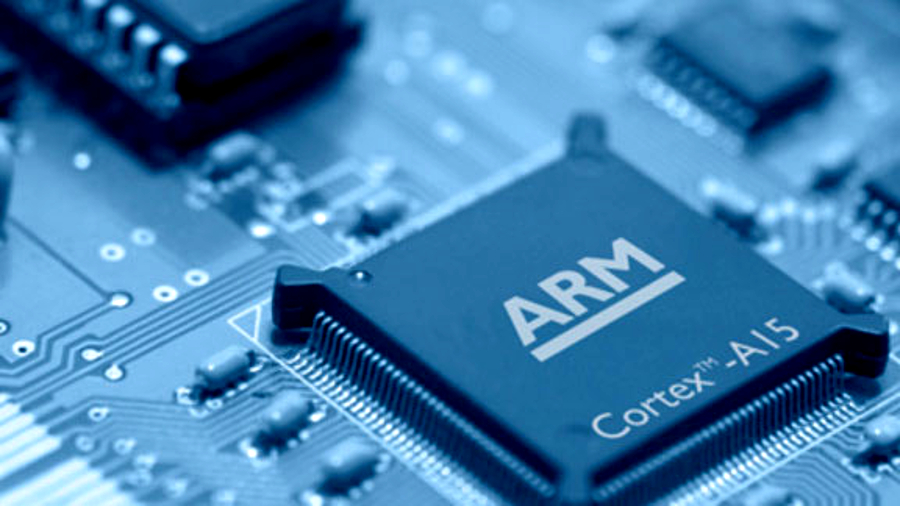ARM releases server standards in fight against Intel supremacy
Company is backed by Microsoft, Dell and HP

ARM has this week released a server standards guide to help designers and companies cooperate to create applications more compatible with servers employing its architecture.
This could be the latest move by the Cambridge-based company in its challenge against Intel, which holds more than 95 per cent of the market for server chips.
ARM was quick to point out in its announcement that the move was backed and aided by companies like Citrix, Microsoft, Red Hat, and OEMs Dell and HP. The latter already have projects for offering low-power microservers based on ARM system-on-chips (SoCs).
The specifications are readily available to download and are focused on providing a framework for the deployment of solutions in key areas such firmware, the operating system and server hypervisors, according to ARM.
Expanding user base
Software developers can now work within a set of standards to make their applications adapt more fluidly with ARM's server architecture. Creating an expanding user base will be key for the company, especially following the closure of ARM-based manufacturer Calxeda in December last year.
The move is consistent with the Open Compute Project, of which ARM is a member.
Frank Frankovsky, president and chairman of the Open Compute Project, said: "These standardization efforts will help speed adoption of ARM in the datacenter by providing consumers and software developers with the consistency and predictability they require, and by helping increase the pace of innovation in ARM technologies by eliminating gratuitous differentiation in areas like device enumeration and boot process."
Sign up to the TechRadar Pro newsletter to get all the top news, opinion, features and guidance your business needs to succeed!
Intel, however, will likely not bow down to this announcement. The company has recently launched its new "Avoton" SoCs that it claims exceeds ARM's tech in performance and power efficiency.